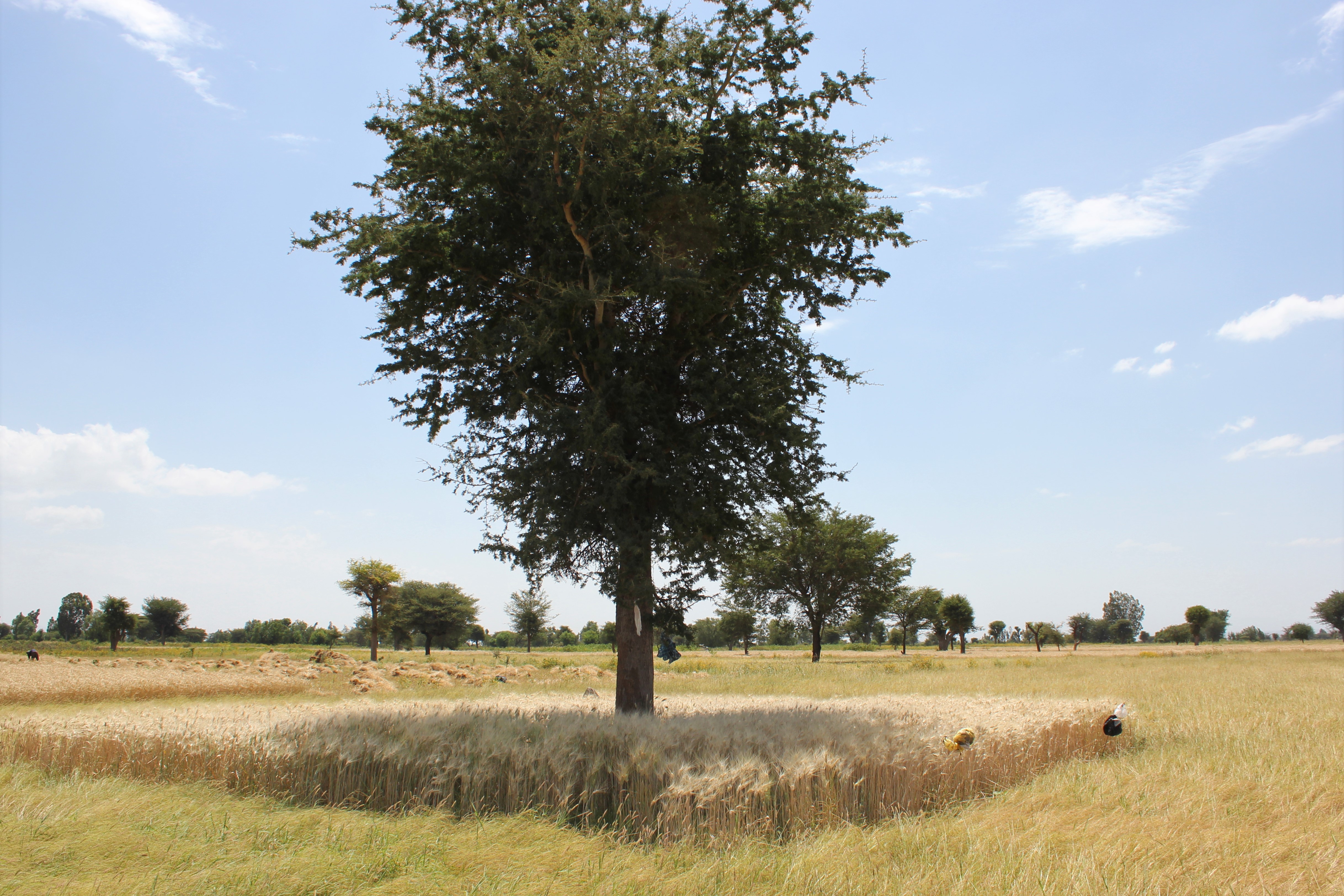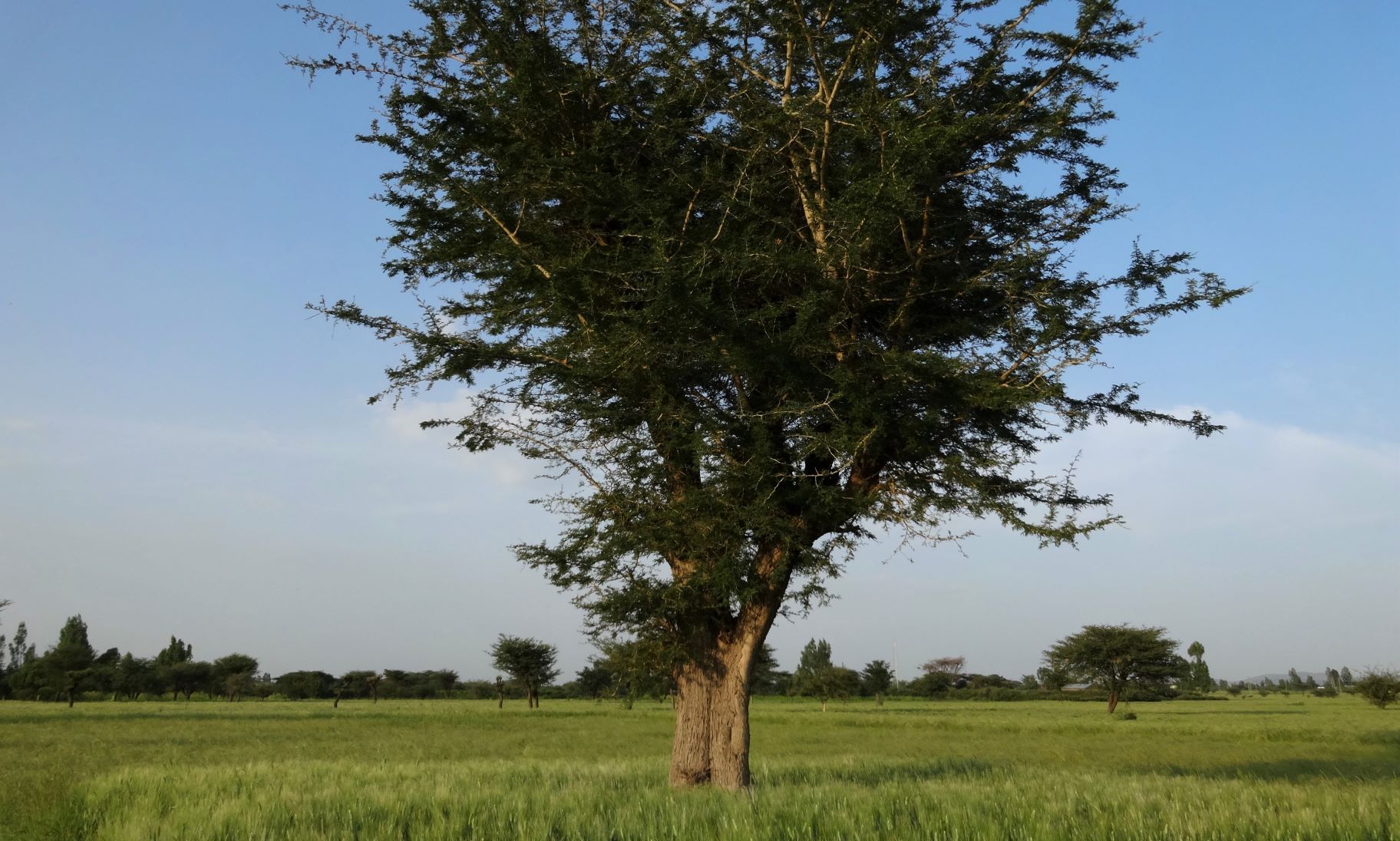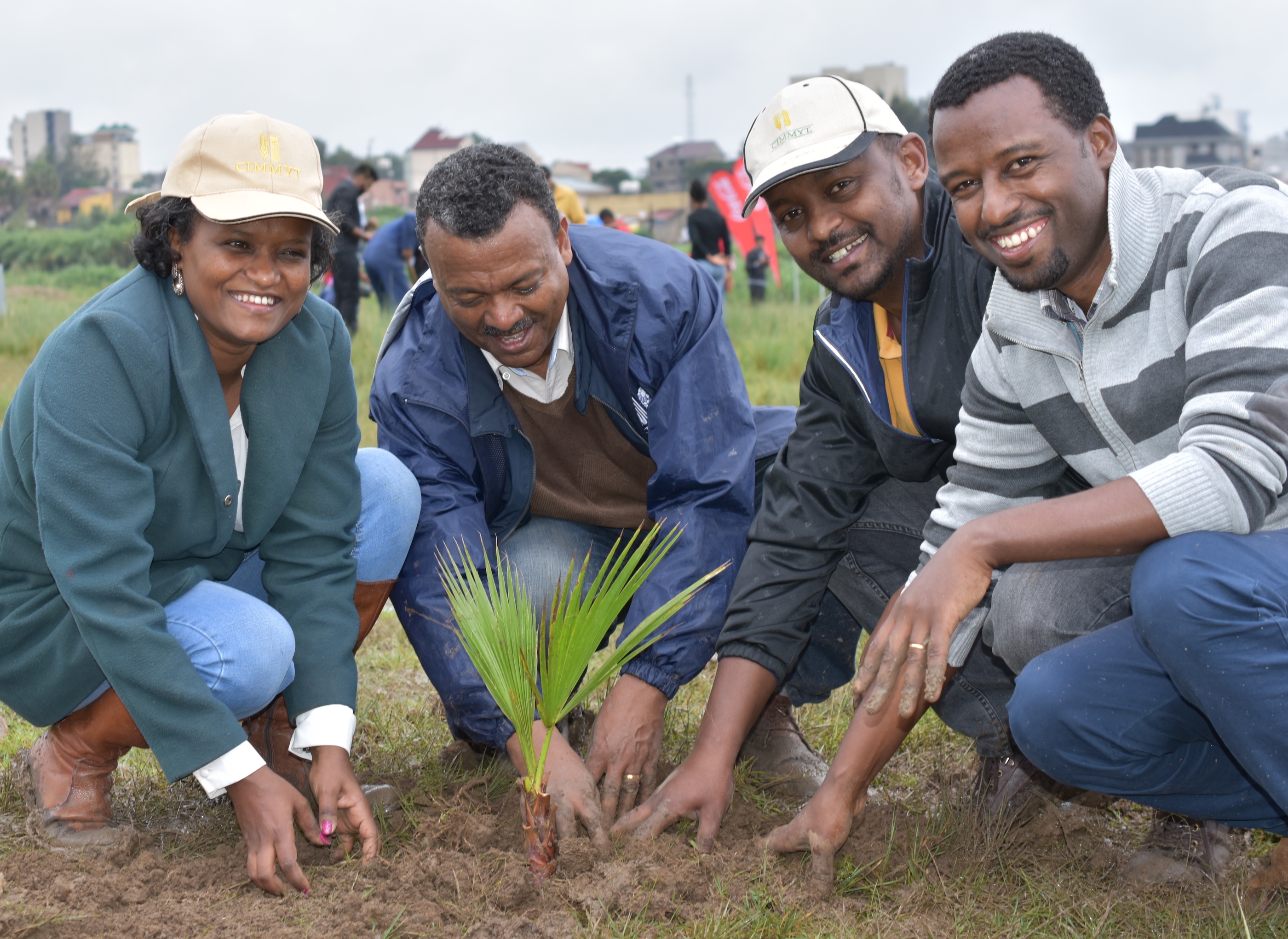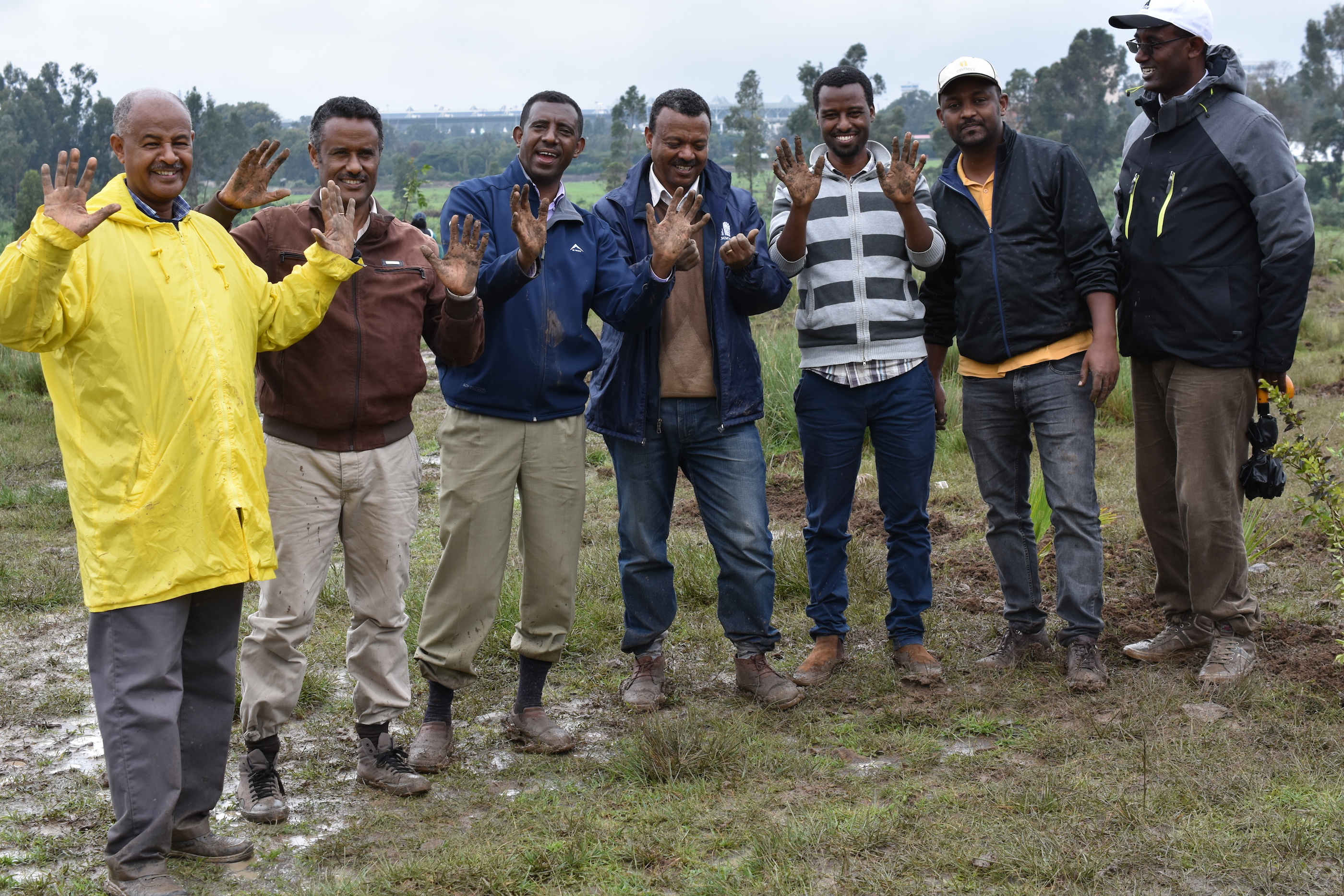Matching nutrients to agroforestry systems for greater maize and wheat yields
Globally, the COVID-19 pandemic and associated lockdowns have created bottlenecks across the agricultural value chain, including disrupting the supply of fertilizer. This could negatively impact the already low yields in smallholders’ fields in the Global South. Livelihoods of these resource-poor farmers and food security of those they feed call for innovations or smarter application of existing knowledge to avoid increasing food insecurity.
In a recent study, a team of scientists from the International Maize and Wheat Improvement Center (CIMMYT) and Plant Production Systems, Wageningen University, found that there are clever ways to mix and match maize and wheat varieties with mineral fertilizers in tree-crop systems for greater nutrient use efficiency. The study explored the impact of different combinations of nitrogen (N) and phosphorus (P) fertilizers on crop yield in tree crop systems. It also identified mineral fertilizer-tree combinations that maximize agronomic nutrient use efficiencies under different contexts.
Tree-crop-fertilizer interactions for wheat growing under Faidherbia albida and maize growing under Acacia tortilis and Grevillea robusta through omission trials of N and P were explored in open fields and fields under tree canopy, using a split plot design. The experiments were conducted under different agroecologies in Ethiopia (Meki and Mojo) and Rwanda, where retaining scattered trees in fields has been practiced for centuries. The trials were replicated four times and over two seasons. Trees with approximately similar ages, crown structures and pruning history were used for a researcher-led and farmer-managed on-farm experiment.
The results demonstrated that different on-farm tree species interact uniquely with crops, resulting in different responses to N and P fertilization. Except for F. albida, perhaps the most ‘ideal’ agroforestry species, the other two tree species under the current study raised the question of tree-crop compatibility for optimum productivity. F. albida significantly improved N and P use efficiencies, leading to significantly higher grain yields in wheat. The P use efficiency of wheat under F.albida was double that of wheat grown in an open field. By contrast, G. robusta and A. tortilis trees lowered nutrient use efficiencies in maize, leading to significantly less maize grain yields compared with open fields receiving the same fertilization. The case study also identified probabilities of critically low crop yields and crop failure to be significantly greater for maize growing under the canopy of these species.

In conclusion, the study demonstrated that tree-crop interactions are mediated by the application of N and P fertilizers in tree-crop systems. In F. albida-wheat agroforestry systems, N fertilizers could be saved, with localized application of P fertilizers close to tree crowns. Such adaptable application may help smallholder farmers cope with COVID-19-imposed fertilizer limitations. In G.robusta-maize and A.tortilis-maize agroforestry systems, maize did not respond to N and P fertilizers applied at recommended rates, although the application of these nutrients compensated for competition. This implies mineral fertilizers can offset the effect of competition, while they fail to provide the yield advantages like mono-cropping situations.
The researchers underlined the fact that fertilizer recommendations need to be adapted to agroforestry systems. However, in order to quantify the exact magnitude and nature of fertilizer-tree interaction in agroforestry systems accurately, factorial application of higher and lower rates of mineral fertilizer is needed. They also called for further research to identify fertilization rates that minimize tree-crop competition for G. robusta-maize and A. tortilis-maize systems, while additional studies are needed to identify the rates and timing of application that optimize F. albida-wheat facilitation.
This work was carried out by the International Maize and Wheat Improvement Center (CIMMYT) and Plant Production Systems, Wageningen University
Download your copy of the publication: Should fertilizer recommendations be adapted to parkland agroforestry systems? Case studies from Ethiopia and Rwanda




